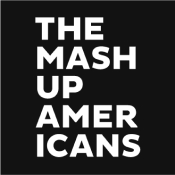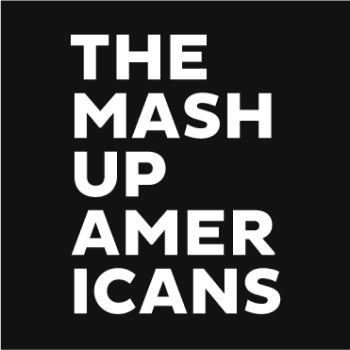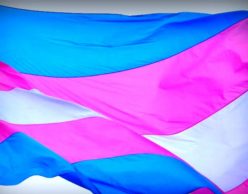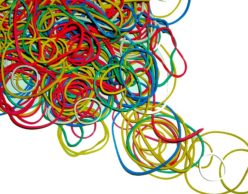Lila Yomtoob: Making Art Out of Crisis
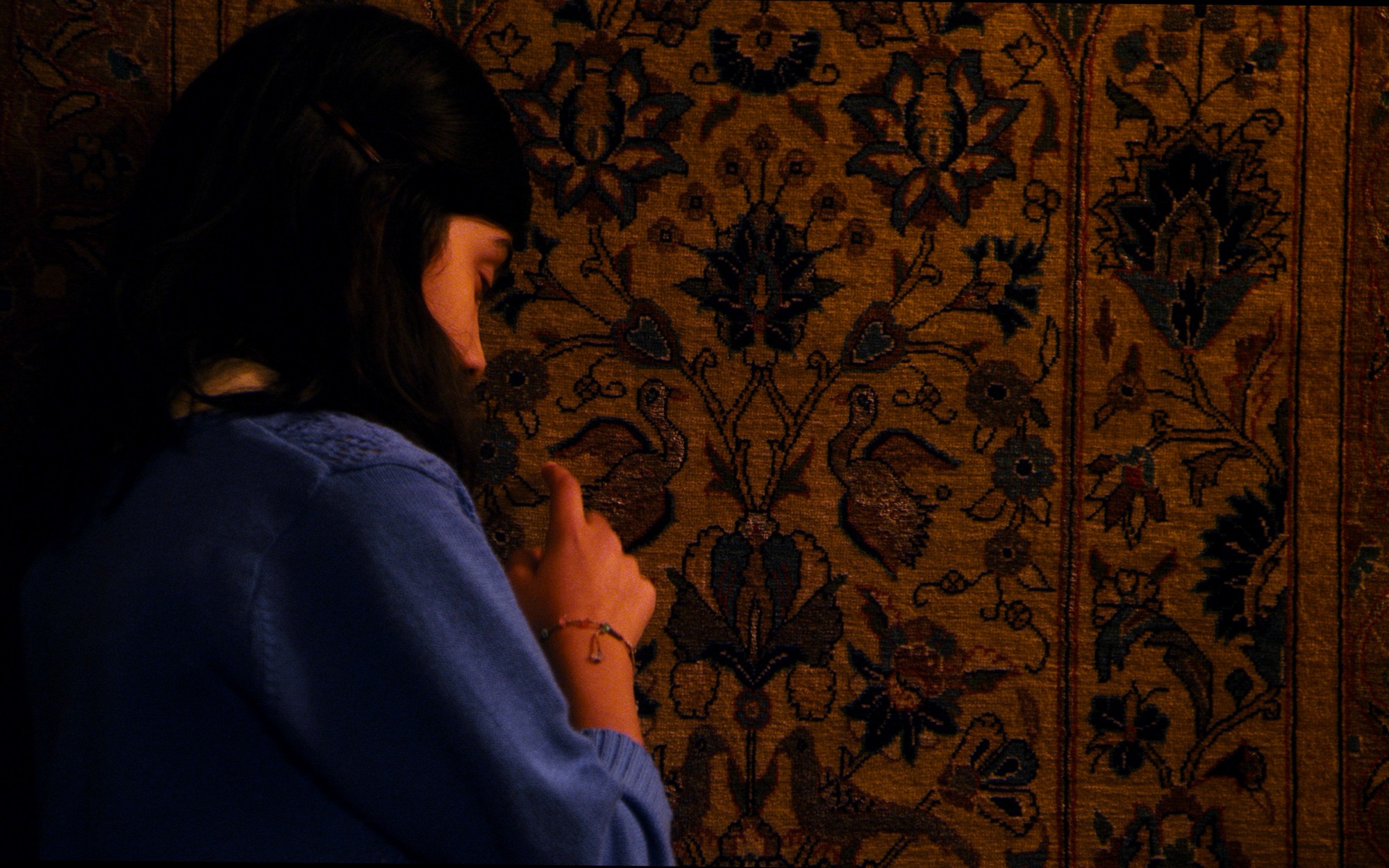
Mash-Up Lila Yomtoob is an Iranian-Iraqi-Jewish-American filmmaker who grew up in Chicago and Los Angeles. Her 2015 film, “America 1979,” is a gorgeous short about a 9-year-old Iranian-American girl and her teenage brother who come of age in suburban America during the time of the Iran hostage crisis. The Brooklyn-based Yomtoob sat down with The Mash-Up Americans to discuss her film, Iranian-American depiction in the media and taking back “Iranian” as a cultural signifier.
Tell us about your family background.
My parents came to the U.S. from Iran in the late ’50s. They were the first in both their families to immigrate to America. They landed in Virginia. My dad was going to engineering school. Then they moved to Chicago for work (where I was born), and then to L.A. when I was 12.
What was it like growing up as an Iranian-American in your community?
My parents came to the U.S. much earlier than most Iranian immigrants, who came with the Iranian Revolution in ’79. When my parents came here, no one knew what “Iranian” was. The U.S. was a place where you fit in instead of where you created your enclave, at least for my family, because there was no Iranian community anywhere. So people didn’t really know what “Iranian” was. It was like, “Maybe you’re Indian,” or you’re just from that part of the world.
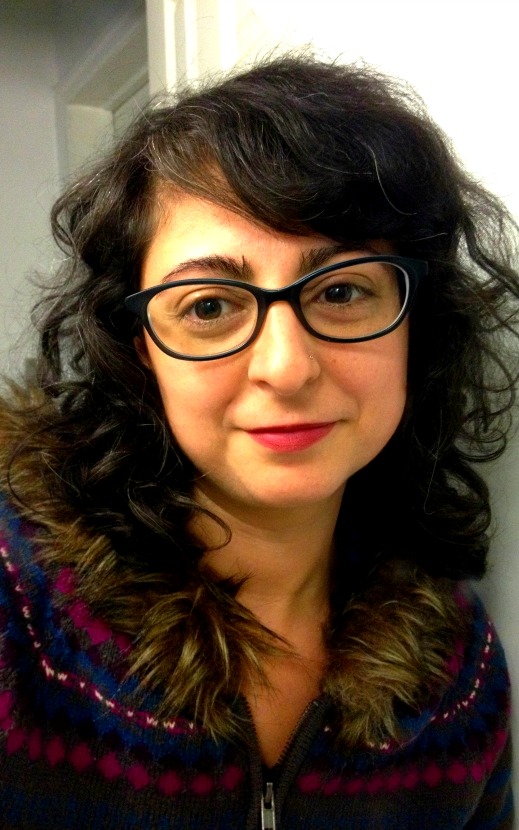
Did you have a strong sense of Iranian culture growing up?
I know Farsi like a five- or 6-year-old. My parents didn’t speak Farsi to me. My grandmother on my mom’s side is Iraqi. And at some point I realized my mom spoke a different language to my grandmother. It wasn’t explained to me. I grew up in this gray area where English was my primary language. My mom was making lasagna and pizza and Sloppy Joes, but at the same time, making Persian food and we had the Persian rugs. I didn’t really realize we were a little different until I was a little older. I didn’t have my cultural identification until much later. It was something I developed on my own.
I didn’t have my cultural identification until much later. It was something I developed on my own.
At Mash-Ups we love talking names. Your name has a bit of a story to it.
My family calls me “Leila,” but I’m “Lila” because in the ’70s in Chicago, it was just a little easier. I tried to change it back in 4th grade. I wanted to be “Leila” but I kept forgetting to spell my name with an “e” and my teacher was like, “Lila, which one is it, which one are you gonna be?” It was my attempt to be more connected. It felt weird to me that I had two names.
My last name is a Farsi-Hebrew pidgin. “Yomtoob” is “holiday,” or “good day.” And “Lila” in Hebrew means “night.” So I’m “Night Good Day” or “Night Holiday.” I went to Jewish day school as a kid and the teachers just had a field day. The first time I told them my name, they laughed at me. As a third-grader, I thought, that’s not very comforting!
Were there many other Iranians around you growing up?
Not many. Any time we heard about an Iranian family, we’d go to their house: “Let’s see who this person is.” Moving to L.A. was a culture shock. I had very few Iranian classmates in Chicago and there are so many Iranians in L.A. I really identified — tried to identify — as white. The Iranians were immigrants. There was a culture difference, a language barrier, also discrimination. They stuck to themselves, people talked about them, I just didn’t fit in with them. I didn’t gravitate towards them, I wasn’t curious about them.
Let’s talk about “America 1979,” which debuted in October 2015 but will be screening at several upcoming film festivals, including CAAMFest in San Francisco. What was the inspiration?
Making the film was a huge part of understanding and connecting to my culture and that’s been an amazing process for me. The script I started writing when I was in college and every once in a while I would revisit it. One of the reasons I made the film was as an exploration of my mash-up. I’ve met more Iranians. It’s been a way to connect with my family in a different way.
How did the idea for the film develop?
At first, it was just a story about a girl who stole money from her brother and I made them a white family. It felt more natural for me to make a film about a white family than an Iranian family. I thought, no one wants to see an Iranian family, no one will even understand what that means. This was also before the Internet and before you could create a community around something. There was no Iranian anything — no cohesive culture at least in my experience. Now, there’s a lot more cultural organizations, lobbying against H.R. 158, organizations empowering youth to be proud and say, We’re here and it’s OK.
It felt more natural for me to make a film about a white family than an Iranian family.
Why place it in the particular context of the Iran hostage crisis?
It was a context to show an Iranian family that might be understandable. I didn’t think otherwise there’d be a reason for them to be Iranian. If I didn’t include the crisis, I personally couldn’t understand why that would be an interesting factor for the film. Iranians in America really aren’t in the media. I felt like I needed to have a certain identification that was a little broader, otherwise I’d have to make it about assimilation. I wasn’t really prepared to make that story. I needed to latch on to something a little bigger.
Did the reaction against Iranian-Americans influence you at all to tell this story?
A lot of people don’t know about the hostage crisis anymore. You have to be of a certain age or have a certain interest or maybe you’ve seen “Argo.” It’s literally not taught in schools. This was the start of tensions with the Middle East. In Iran there’s a lot of religions; it’s not just Muslim and Jewish. We’ve been lumped into the “Muslim problem,” we’re these “brown people from over there.” There’s a lack of education for the general public.
Ted Koppel got his start covering the Iran hostage crisis. And I think [his program] aired close to The Tonight Show with Johnny Carson. I believe this was the beginning of news as sensationalism, in that it sort of blended into your evening entertainment.
How old were you during the crisis?
I was five, and I was already getting teased. It was, “Oh, you’re Iranian.” I remember asking my mom, “What’s Iranian?” I didn’t know that word. My parents didn’t infuse us with cultural education; it was really about fitting in and being American. Then came the Iran-Iraq War, and it was just this constant thing, where it was easier to hide. I didn’t want to tell people what I was, just because you get the weird look or the questions. And also, body hair: my eyebrows, I had a little mustache, hair on my arms. That was a point of teasing when I was 7, 8 years old. For Iranian girls, it’s not really unusual at all to have that. So it wasn’t so much about war and violence, it was about my appearance. I’m not a blue-eyed, blonde-haired kid. Even when I was in Jewish day school, I was still different.
There’s a scene in the film in which the mother tells her 9-year-old daughter to tell people she is Persian, not Iranian. Is that based on real life?
My mom told me that, that’s why it’s in the film. When I asked her as a girl, “What’s Iranian?” she said, “We’re not Iranian, we’re Persian.” That was safer, that was easier. When the crisis hit and after that, you didn’t say you were Iranian. No one knew what Persian was. Persian was the cats and the rugs, and people liked those things. It’s been really recently, in the last five, six years that I’ve reclaimed Iranian.
I remember asking my mom, “What’s Iranian?” I didn’t know that word.
What’s been audience reaction to the film?
Iranians have a very visceral reaction to it and so do minorities, or people who have been picked on or bullied. People will write me their stories or thank me for making the film. It’s been really touching for me. When I told older Iranian men who were breadwinners at the time of the crisis, that I wanted to make this film, their reactions were so interesting. One person was like, “Why do you want to make that film? No one cares about that. Nothing happened to me, everyone was nice.”
Now that this person’s seen the film, he’s processed it and seen the responses. It’s actually helped him verbalize the experience. He told me, “Before that whole mess, people would come to my house and enjoy the carpets and pistachios and after that, it was disaster, it was hell.”
The film is complicated for the Iranian-American community. Many people swept their experiences around the crisis under the rug as a survival tactic. Most Iranians want to live the American Dream and don’t want to feel victim. Now my generation is saying, this DID happen because it’s really affected our identity. This is a part of who we are in this country.
In what ways have you reclaimed your Iranian identity?
The way I talk about myself is different. I allow myself to be an Iranian-American. I don’t hide it if it comes up. It’s changed my vernacular: I’m less scared in a weird way. I’m less shameful.
Final two questions. What’s your comfort food?
French fries.
Where do you feel most at home?
Tough question. Even though I live in Brooklyn, I feel very much at home in L.A. having grown up there.
Cultural identity can be complex, in so many ways:
Why Full Disclosure’s Roben Farzad Always Pays For His Parents
Erin McKean On English, Our Shared National Delusion
Grace Lee On Bringing a Food Journey to Film
